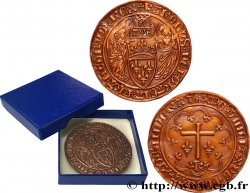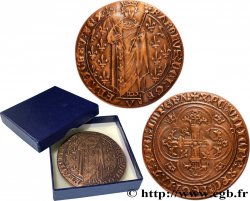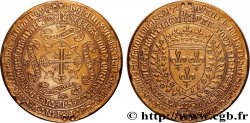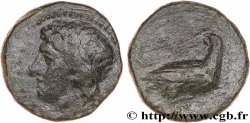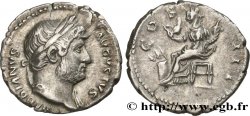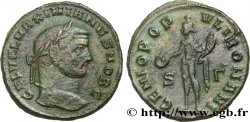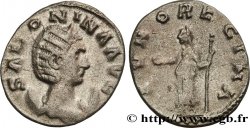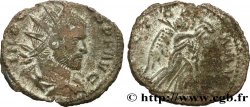fme_1005697 - CHARLES VII "THE WELL SERVED" Médaille, Le carillon de Vendôme
90.00 €约 746.10 CNY
数量
加入购物车

种类 Médaille, Le carillon de Vendôme
日期: 1967
铸币厂名称/城市 Monnaie de Paris
材质 bronze
直径 49 mm
模子方针 12 h.
重量 64,87 g.
侧面 lisse + corne BRONZE + 1967
印模 corne BRONZE
关于品相的说明
Patine bichrome, quelques faiblesse de frappe sur les reliefs et taches d’oxydation
出版目录中的项代码 :
正面
正面的文字 LA DOUBLE OFFRANDE A LA TERRE DE FRANCE .
正面的说明书 Allégorie de la terre de France en relief, assise tenant une rose de sa main gauche et un épis de blé de sa main droite. A coté gravé, un homme barbu lui tend une double offrande de sa main gauche une corne d’abondance de sa main droite une coupe. Signature monogramme.
背面
背面的文字 OR-LE-ANS, / BEAU-GENCY/ NOTRE-DAME-DE-CLERY/ VEN-DO-ME, / VEN-DO-ME.
背面的说明书 Sur un fond imitant du papier à musique les paroles du Carillon Vendome. .
评论
Médaille dans sa boite bleue
Au XVe siècle, dans le cadre de la guerre de Cent Ans, le dauphin Charles, après avoir été déshérité à la suite du traité de Troyes signé en 1420, se retrouve en possession des villes d'Orléans, Beaugency, Cléry, Vendôme et Bourges. Ainsi, notre médaillon reprend une partie du chant qui deviendra plus tard une comptine et décrit dès lors les possessions du Dauphin.
Les paroles complètes étant :
Aujourd'hui, que reste-t-il
À ce Dauphin si gentil
De tout son beau royaume ?
Orléans, Beaugency,
Notre-Dame de Cléry,
Vendôme,
Vendôme.
Au XVe siècle, dans le cadre de la guerre de Cent Ans, le dauphin Charles, après avoir été déshérité à la suite du traité de Troyes signé en 1420, se retrouve en possession des villes d'Orléans, Beaugency, Cléry, Vendôme et Bourges. Ainsi, notre médaillon reprend une partie du chant qui deviendra plus tard une comptine et décrit dès lors les possessions du Dauphin.
Les paroles complètes étant :
Aujourd'hui, que reste-t-il
À ce Dauphin si gentil
De tout son beau royaume ?
Orléans, Beaugency,
Notre-Dame de Cléry,
Vendôme,
Vendôme.








 对产品描述纠错
对产品描述纠错 打印
打印 分享我的选择
分享我的选择 提问
提问 Consign / sell
Consign / sell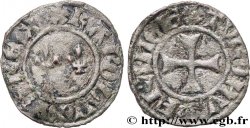
 产品介绍
产品介绍
